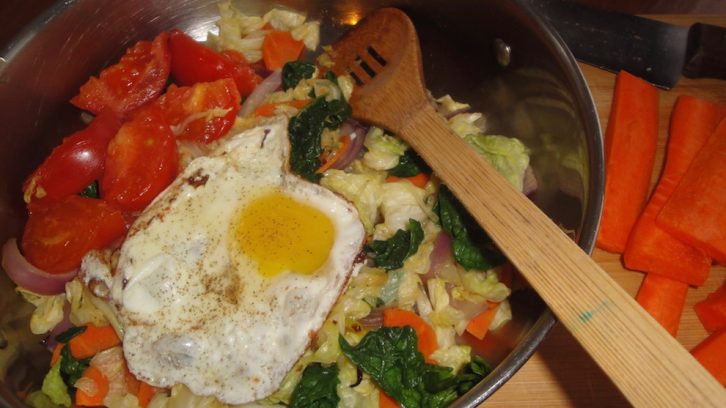Food
From farm to table: what’s in a CSA box?
A look at one farm’s CSA boxes
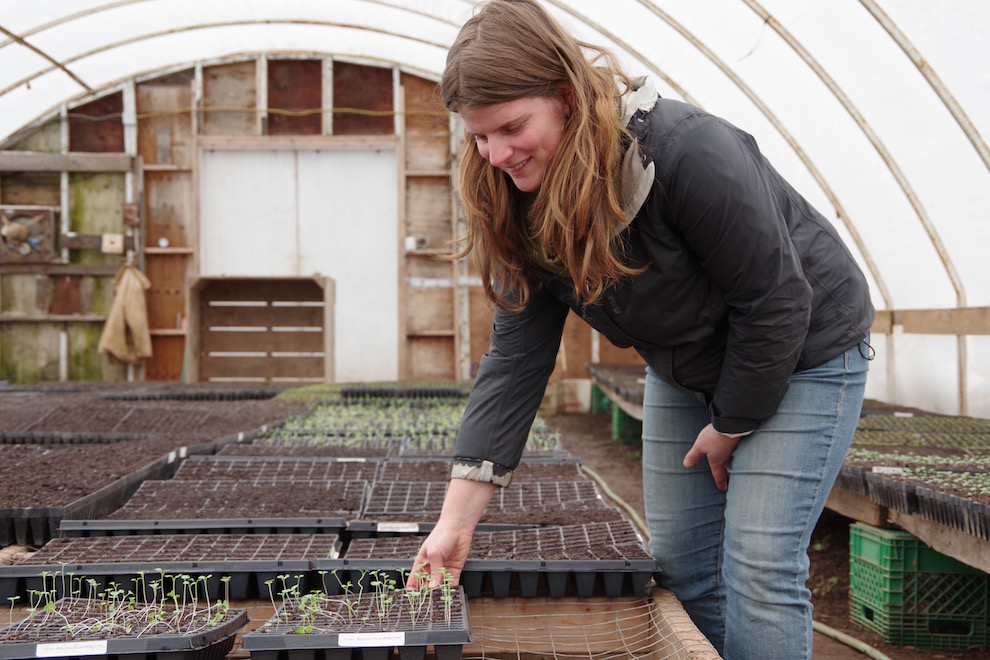
caption
Justine Mentink is the CSA manager at TapRoot Farms.
caption
Justine Mentink is the CSA manager at TapRoot Farms.When Justine Mentink first started working at TapRoot Farms, weekly food boxes were prepared on the driveway. Nearly a decade later, the process looks a lot different.
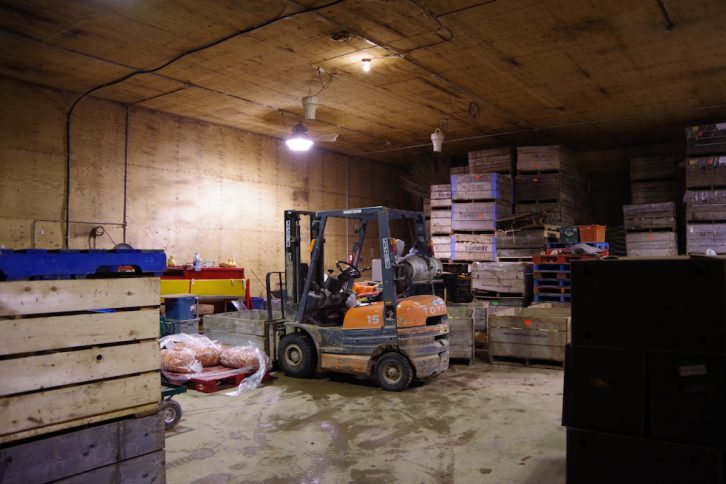
caption
This is where weekly food boxes are prepared, three times a week.On a Monday morning at Canard Street, one of the farm’s two locations near Port Williams, the packing area is busy. Workers are washing and bagging vegetables and stacking the Community Shared Agriculture (CSA) boxes. While the other property is mainly for growing crops, the Canard Street location includes several buildings, a walk-in cooler and greenhouses. This is where the produce is readied to send out to customers.
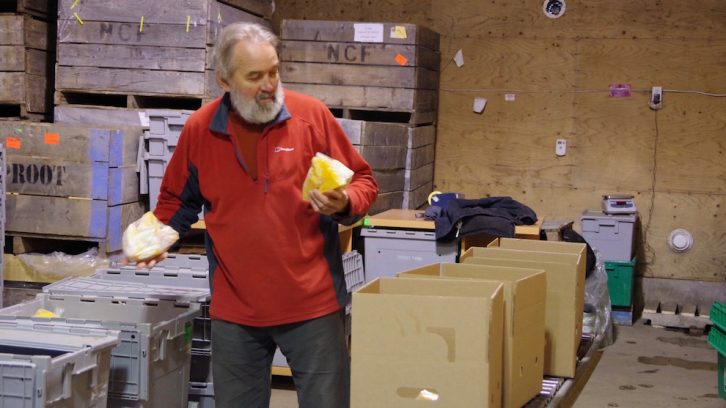
caption
Jem Meharg helps prepare the CSA boxes.Mentink, who is the farm’s CSA manager, says CSAs are becoming more and more popular. In Nova Scotia alone, there are nearly 50 CSAs that provide anything from weekly bakery products to flowers.
When people sign up for a weekly CSA box, they purchase an annual share of the farm’s produce and become members, or shareholders. It’s a way to support farmers by committing in advance to the season’s production. Related stories
In exchange, members receive a weekly share of fresh, locally grown fruits and vegetables. In the spring and summer, boxes include things like fiddleheads and early greens, tomatoes, melon and strawberries. Fall and winter boxes include a greater amount of vegetables that are easily stored, like squash, potatoes, turnip and cabbage.
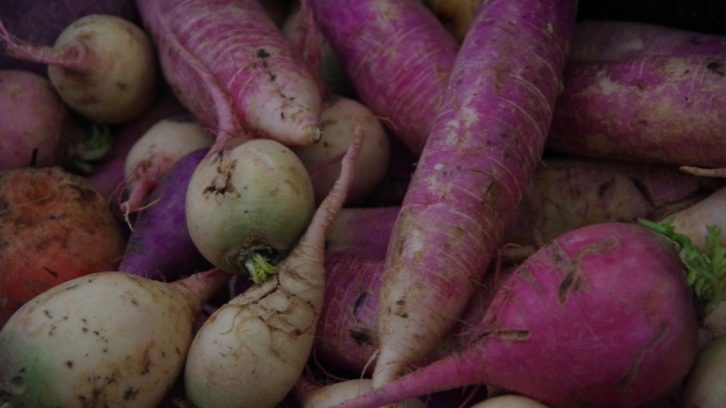
caption
Root vegetables can be easily stored, and make up a bigger portion of the winter CSA boxes.“From a farm standpoint, (CSAs are) great because we have a pre-sold share of vegetables that we know people are going to buy every week,” says Mentink.

caption
These are Monday’s food boxes, ready to be loaded into the vehicle and driven to the Halifax Regional Municipality.A membership of about 350 people offers TapRoot farms the stability of a guaranteed income. Mentink says this will help the farm achieve one of the goals it’s been working towards: transitioning from 70 per cent to 100 per cent organic.
“By 2020 we plan on being all organic, and that’s thanks in large part to the CSA membership,” she says. “We know we can grow it and sell it to the members because they support what we’re doing.”
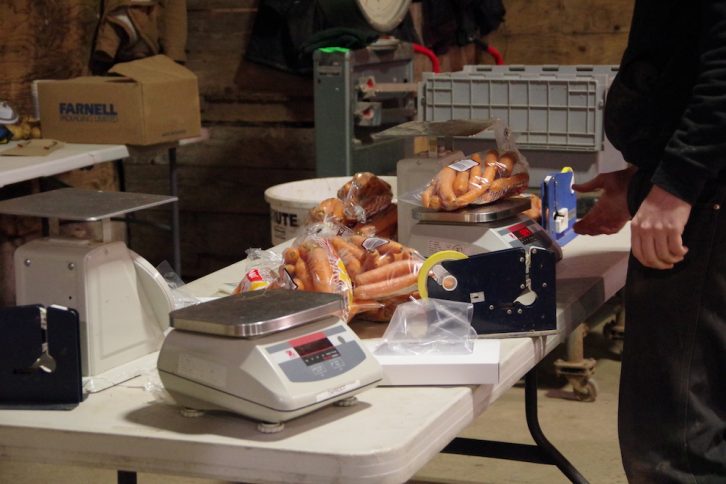
caption
Mentink says that at this time of year, preparing CSA boxes mostly involves packing and washing vegetables that have been in storage.Shares are prepared and delivered three days a week, mostly to different locations in the Halifax Regional Municipality. Mentink suspects the reason most of the membership is urban rather than rural is because of the number of farms in the Annapolis Valley. Fresh produce is easier to find here than in the HRM, so there isn’t much local demand for CSAs, she says.
The overall process involves about 15 people from start to finish and several months of tending the vegetables, harvesting, sometimes storing them and finally, cleaning, packing and delivery.
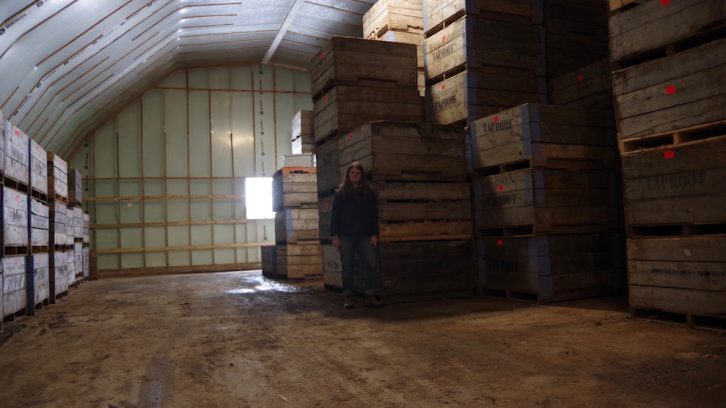
caption
Mentink stands in one of the farm’s storage areas. Root vegetables are kept here over the winter.TapRoot Farms still has vegetables in storage from last season. But, in order to get a head start on this year’s season, they’re already growing plants in a heated greenhouse.
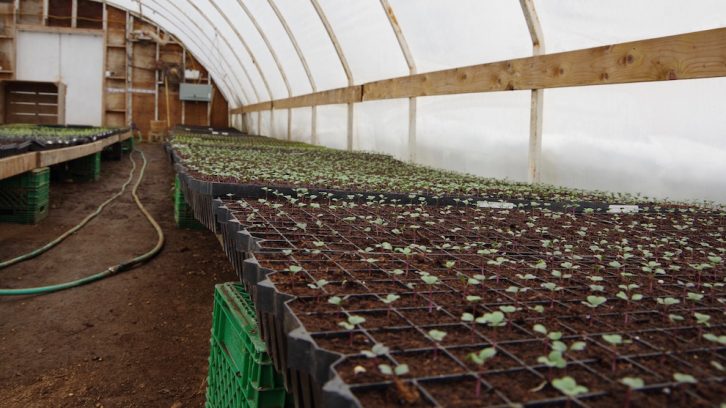
caption
In this heated greenhouse, tiny plants are already growing.The seedling greenhouse is kept around 22 C, and the air is humid.
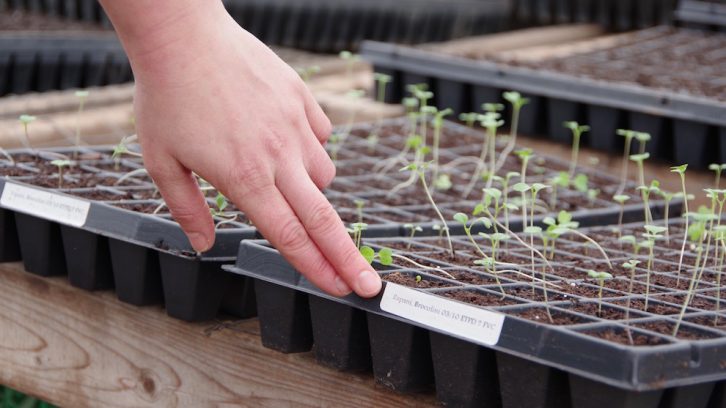
caption
These tiny broccolini plants will stay in the greenhouse until it’s warm enough outside for them to get transplanted.The heat for the greenhouse comes from a large wood stove, tended by Malcolm Hart, the “wood doctor.”
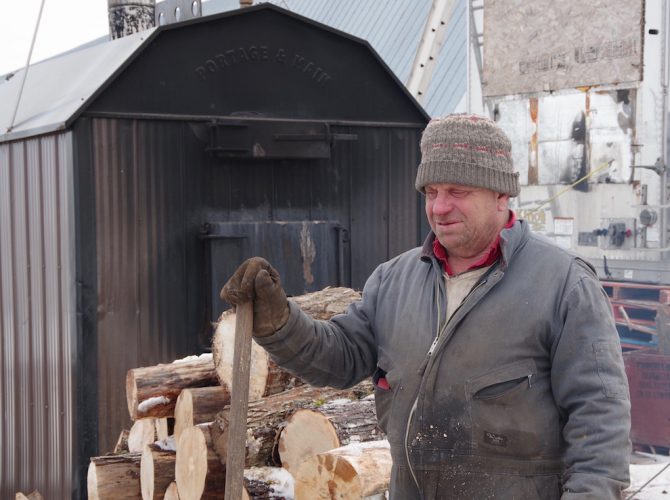
caption
Malcolm Hart is the “wood doctor”, responsible for feeding the wood stove.The wood stove never stops running; the heat is fed to the greenhouse and some storage areas via an underground pipe.
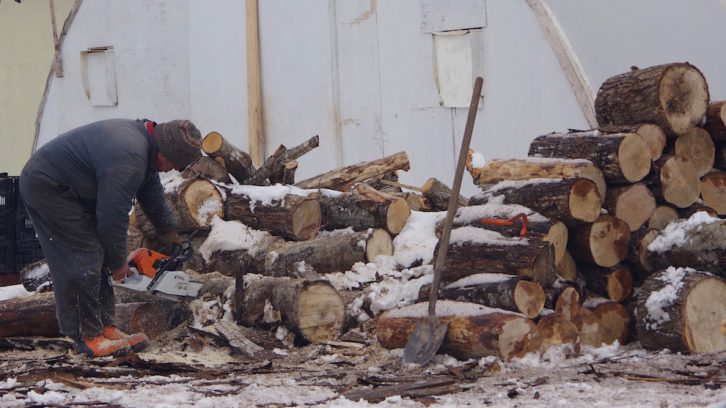
caption
Hart keeps the stove going constantly to keep the plants warm.Farming in general involves a lot of planning, but for the CSA boxes, farm managers have to think about vegetable combinations too.
“We try to make the shares make sense together, so it’s not just a bunch of disjointed vegetables,” says Mentink.
That involves looking for recipes and planning ahead to make sure the box is different every week, which can be a challenge in winter.
“The winter shares, we know there’s only so much selection. It can be kind of tricky,” she says.
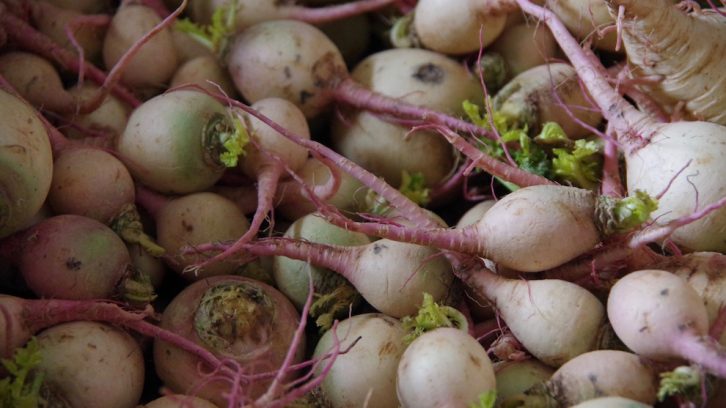
caption
Vegetables like turnips can be kept in storage over the winter season.There are only really three months of the year where the choices are limited to mostly root vegetables, says Mentink. The plan is to put more energy into the greenhouses next year in order to supply greens year-round.
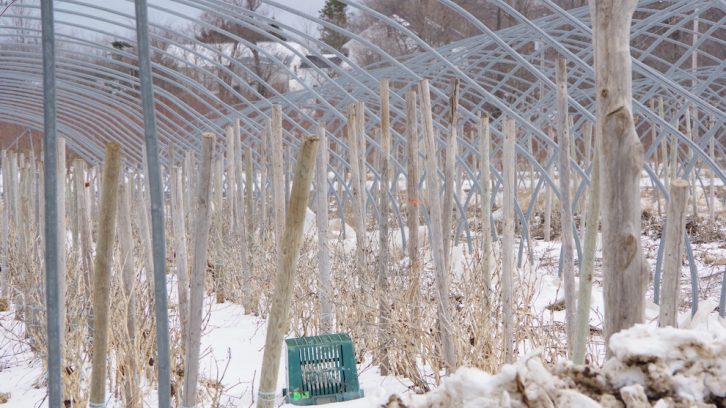
caption
As soon as the weather is warm enough, plastic will be attached to these greenhouses.For now, TapRoot Farms has been able to provide at least pea shoots and alfalfa greens through the winter.
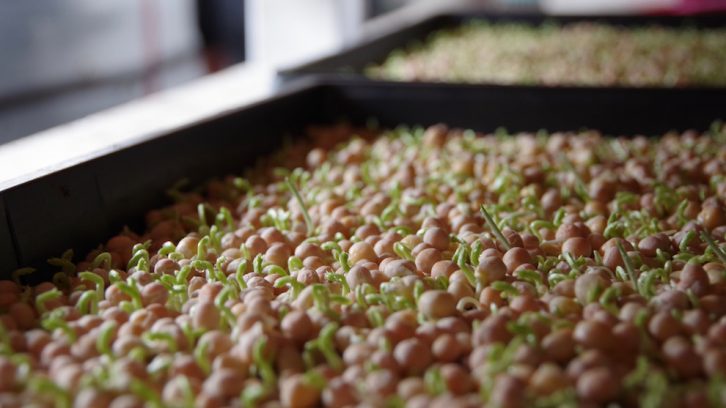
caption
These peas are just starting to sprout.
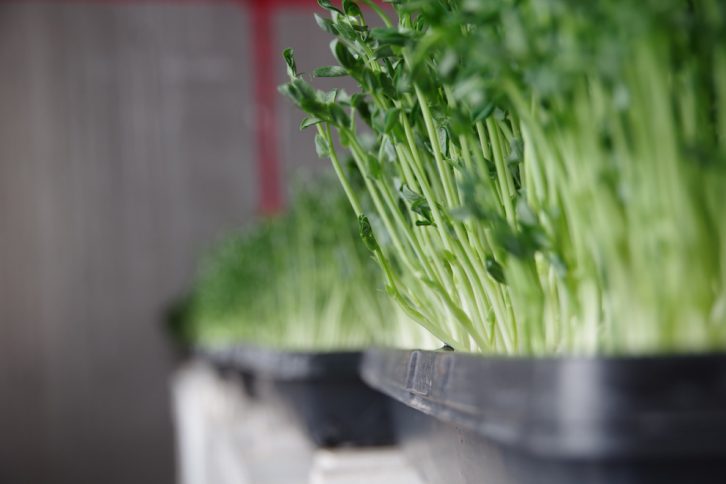
caption
Within a few days, sprouted peas start to grow leaves and long stems.Evelyn Fraser takes care of the pea shoots. She says it takes them about two to three weeks to be ready.

caption
Evelyn Fraser (left) is responsible for the pea shoots at TapRoot Farms.
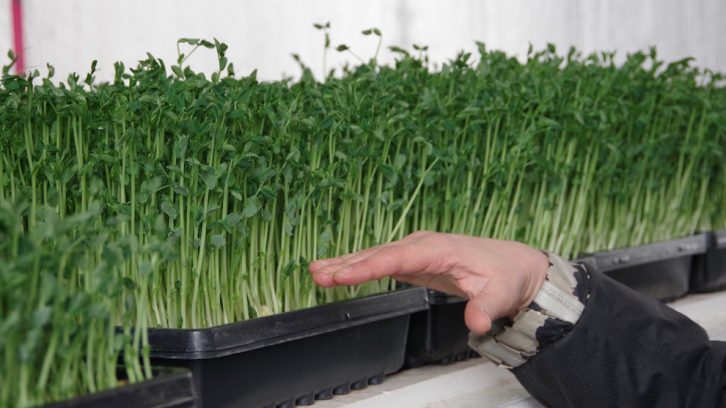
caption
Mentink demonstrates at what height the shoots get cut off for harvest.Mentink says it’s important to provide variety in the CSA boxes.
“We’re all share members as well,” she says. “So we’ll go, ‘we got carrots last week, let’s not do carrots again,’ or ‘we just had two cabbages, let’s take a break.’”
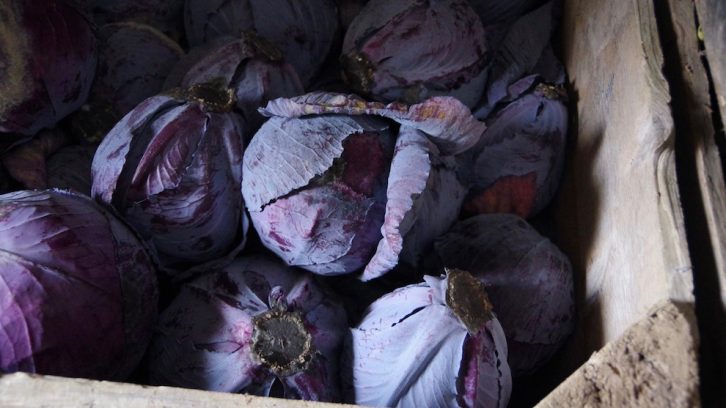
caption
Winter CSA shares often involve vegetables like cabbage.Providing recipe ideas helps too, says Mentink.
That’s something that Marie-Claude Chiasson appreciates. She lives in Halifax and her family has been getting CSA boxes for three years. By now, she says, they know what to do with the contents of their weekly box, but at the beginning it was great to get ideas.
“Especially when it’s something new that you’ve never used before,” she says.
Since September, Chiasson has been volunteering at one of TapRoot Farms pickup locations. Every Monday, she spends two hours at St. Mark’s Anglican Church in Halifax, and ticks off people’s names as they pick up their boxes.

caption
Marie-Claude Chiasson has been a CSA member for three years.At the end of the day, Chiasson takes home her family’s box.
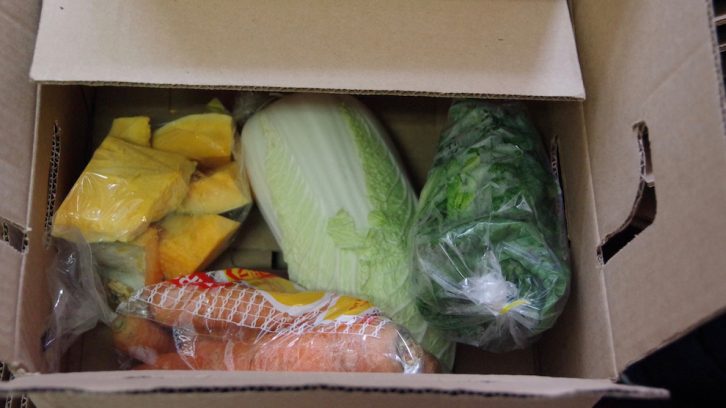
caption
This week, Chiasson took home some squash, spinach, carrots and Napa cabbage.She prefers getting her vegetables directly from the farm rather than a grocery store.
“The taste is much better because vegetables are much fresher and they’re in season,” she says.
